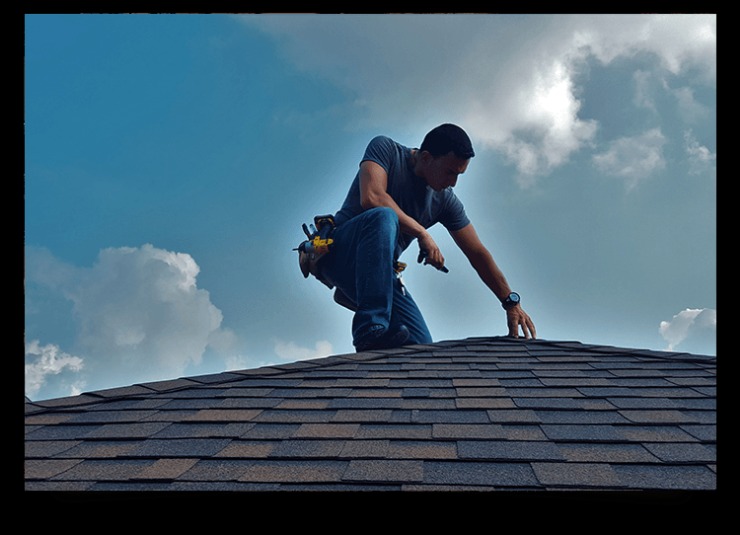Read more about Roof inspection safety here.
When it comes to maintaining your home, roof inspection safety is a crucial aspect often overlooked. Ensuring that your roof is in optimal condition can prevent extensive damage and save significant costs in the long run. But it’s not just about checking for damages; it’s about doing so safely and effectively.
Understanding the Importance of Roof Inspection Safety
It’s essential to understand why roof inspection safety is vital. Climbing onto a roof poses numerous risks, including falls, slips, and exposure to hazardous materials. Therefore, following effective safety protocols can mean the difference between a smooth inspection and a potential accident.
Essential Safety Gear
First and foremost, appropriate safety gear is non-negotiable.
- Helmet: Protect your head from unexpected falls or debris.
- Safety Harness: A harness can secure you to the roof, reducing the risk of falling.
- Non-slip Shoes: Ensure stable footing, even on slick surfaces.
- Gloves: Protects your hands from rough surfaces and sharp edges.
Proper Ladder Usage
Ladders play an integral role in roof inspections, and using them properly enhances roof inspection safety. Always ensure the ladder is on stable ground and angle it correctly. Ensure the top of the ladder extends at least three feet above the roofline to help step onto the roof more safely.
Inspection Techniques to Optimize Safety
Implementing certain techniques during a roof inspection can maximize safety:
- Plan Your Path: Before stepping onto the roof, outline your inspection route to avoid potentially dangerous areas.
- Avoid Overreaching: Keep the majority of your body centered over the ladder or rooftop to maintain balance.
- Work in Pairs: Having someone on the ground can provide assistance and call for help if needed.
Environmental Considerations
Environmental factors can influence roof inspection safety:
- Weather: Never perform an inspection in adverse weather conditions, such as rain, snow, or high winds, which increase the risk of slipping and falling.
- Time of Day: Avoid roof inspections during extreme heat or cold. Twilight hours provide better lighting conditions without the glare of the midday sun.
Conclusion
Roof inspection safety should be a top priority for homeowners and professionals alike. Following the guidelines outlined here ensures that inspections are carried out efficiently while mitigating potential hazards. Remember, the primary goal is to maintain the condition of your roof while safeguarding your well-being.




